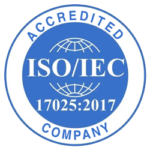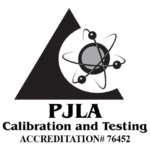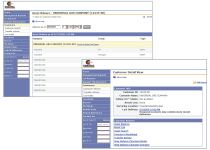Cylinder with Single-Port Valve and Pre-Charge Pressure Pad
Liquid mixtures uses low pressure standard size cylinders, a single-port valve and a pre-charge pad are first blended gravimetrically. Then, the head space above the liquid is initially pressurized (pre-charged) with an inert gas such as helium. These cylinders are equipped with a dip-tube to allow liquid withdrawal for your application.
This set-up is used with less volatile components with a lower vapor pressure or pure products even though the cylinder pressure decreases as liquid is drawn off the bottom of the cylinder via a dip tube.
The more volatile components with higher vapor pressures tend to accumulate in the inert gas head space and may come out of solution. A build-up of volatile components in the head space will lower the accuracy and consistency of the mixture.
Applications: A standard cylinder with a pre-charge pressure pad is adequate for mixtures with components having low volatility. However, a recharge of the pressure pad maybe needed depending on your application.
Cylinder with Dual-Port Valve and Constant Pressure Pad
Liquid mixtures using a standard size cylinder equipped with a dual-port valve and constant pressure pad are blended gravimetrically. Then, the head space above the liquid is initially pressurized with an inert gas such as nitrogen or helium. Upon arrival at the end user’s location, the head space pressure is constantly maintained through the dual-port gas valve using a high-pressure inert gas cylinder equipped with a regulator. Liquid is drawn from the bottom of the cylinder using the pressure in the head space to push the liquid out through the diptube.
The components with higher vapor pressures can to accumulate in the inert gas head space. When custom mixtures are specified, the request components and concentrations are considered. A build-up of volatile components in the head space will lower the accuracy and consistency of the calibration standard. Depending on the mixture composition, a loss of the pressure pad could compromise the calibration standard.
Applications: A dual-port valve with constant pressure pad is adequate for mixtures with components having low volatility and it provides a constant sample delivery pressure.
Constant Pressure Piston Cylinder
Liquid mixtures using piston cylinders are QC tested using double Helium leak to verify there are no internal/cross port leaks. Then the Piston is blended gravimetrically. The pressure within the piston is maintained by pressurizing one side of the floating piston with an inert gas such as helium or nitrogen. The piston effectively separates the liquid from the inert gas. Liquid is drawn off the cylinder by maintaining a constant pressure on one side of the piston using the inert gas. The constant pressure on the piston the lighter components in the liquid solution of the mixture as it is used by the customer. Pistons come in a variety of sizes depending on your application.
There are minimal disadvantages to using a piston cylinder. Can be substituted for certain applications where low pressure/volume gas mixtures are used. Mixtures with higher percentage lighter components may not work in Piston cylinder.
Applications: The piston cylinder provides the most accurate and consistent liquid phase calibration standards available.










